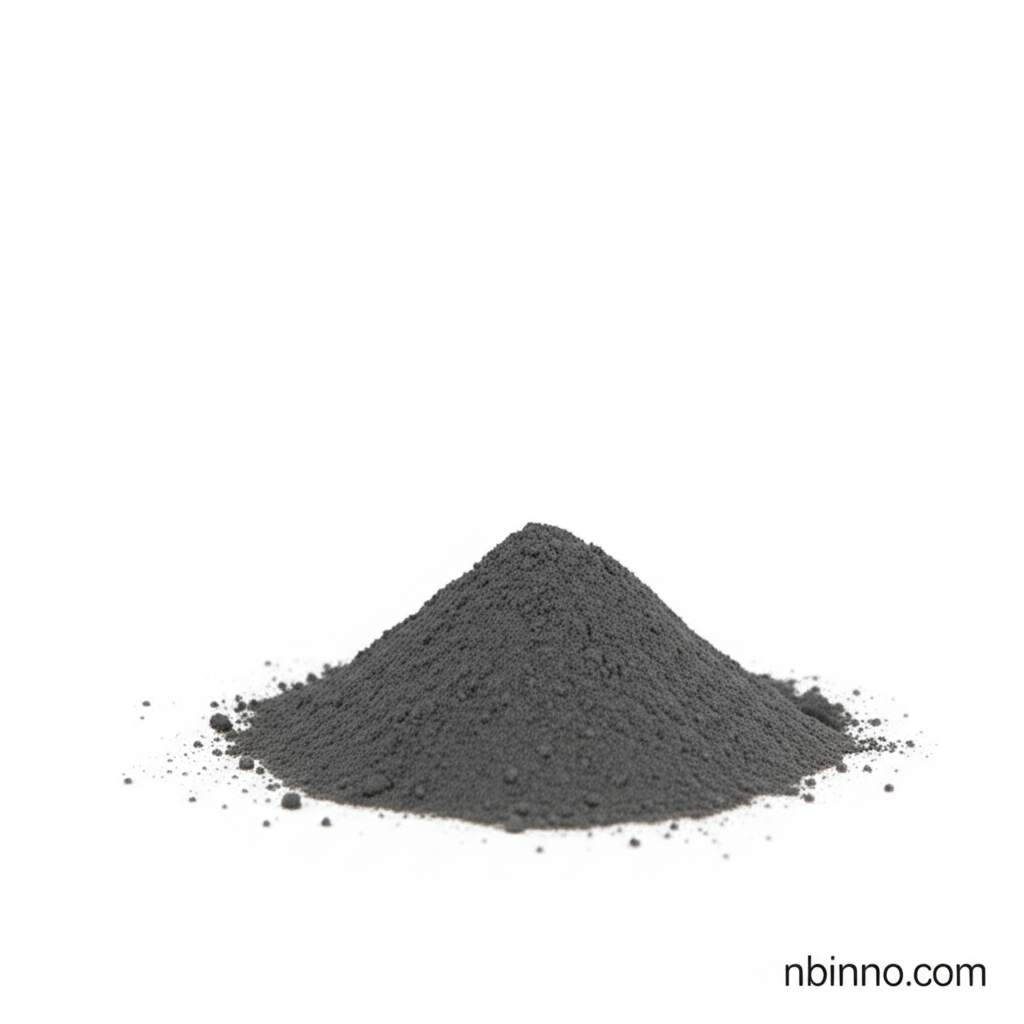Facile Electrochemical Synthesis of Ti3AlC2 and Derived Porous Carbon
Discover the innovative molten salt electrochemical synthesis of Ti3AlC2 and Ti3AlC2-CDC, offering high performance for energy storage and catalysis applications. Explore our capabilities as a leading supplier.
Get a Quote & SampleAdvanced Material Synthesis for Demanding Applications

Aluminum Titanium Carbide (Ti3AlC2)
As a premier manufacturer and supplier of advanced materials, we offer high-quality Aluminum Titanium Carbide (Ti3AlC2). Our expertise in molten salt electrochemistry allows us to produce micro-scale Ti3AlC2 powder with exceptional purity and a unique lamellar structure. This material is ideal for demanding applications such as high-temperature coatings, conductive self-lubricating ceramics, and as a crucial component in advanced battery systems. Partner with a trusted supplier in China for your material needs.
- High-Performance Catalyst Support: Explore how our Ti3AlC2 serves as an advanced support material for catalysts in harsh electrochemical systems, enhancing activity and durability for oxygen reduction reactions.
- Superior Battery Materials: Investigate the potential of Ti3AlC2-derived porous carbons (Ti3AlC2-CDC) as anode materials for lithium-ion and sodium-ion batteries, offering high specific capacities and excellent cycle stability.
- Advanced Synthesis Methods: Learn about our sustainable and efficient molten salt electrochemical synthesis process, which avoids harsh chemicals and high temperatures, providing a greener alternative for producing MAX phases and CDCs.
- Versatile Applications: Benefit from a material applicable across various high-tech fields, from advanced energy storage solutions to specialized coatings and electrochemical catalysis, sourced from a reliable chemical manufacturer.
Key Advantages of Our Aluminum Titanium Carbide
Sustainable Synthesis Process
Our molten salt electrochemical etching method offers an environmentally friendly route to produce Ti3AlC2-CDC, minimizing hazardous waste and energy consumption compared to traditional methods. As a responsible chemical supplier, we prioritize eco-conscious manufacturing.
Tailored Porous Structure
The electrochemical etching process creates a hierarchical porous structure in Ti3AlC2-CDC with a high specific surface area of 1268 m2 g−1, optimizing its performance as electrode material for supercapacitors and batteries. This precise control is a hallmark of our manufacturing capabilities.
Enhanced Electrochemical Properties
Our synthesized Ti3AlC2-CDC demonstrates excellent electrochemical performance for both lithium-ion and sodium-ion batteries, showcasing high specific capacities and remarkable cycling stability, making it a sought-after material for battery manufacturers.
Applications of Ti3AlC2 and Derived Carbons
Catalyst Support Materials
Ti3AlC2, when leached, provides a robust and highly conductive support for precious metal catalysts, proving superior to commercial carbon supports in demanding electrochemical systems. We supply this key intermediate to catalyst developers.
Energy Storage Devices
The derived Ti3AlC2-CDC materials are excellent candidates for anode materials in lithium-ion and sodium-ion batteries due to their high surface area and stable porous structure, supporting innovation in battery technology.
High-Temperature Coatings
The inherent properties of Ti3AlC2 make it suitable for high-temperature coating applications, offering enhanced durability and performance in extreme environments. Buy this advanced material from our reputable manufacturing facility.
Electrochemical Catalysis
The unique structure and conductivity of Ti3AlC2 and Ti3AlC2-CDC enable their use in various electrochemical catalysis applications, contributing to advancements in sustainable energy and chemical processes.
